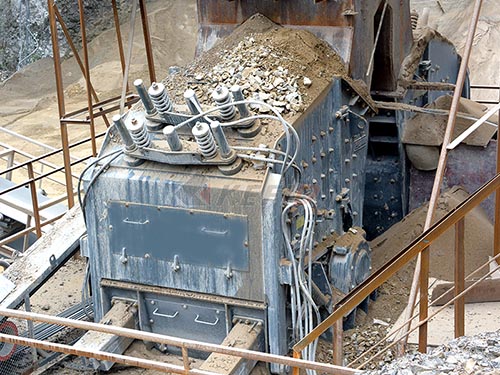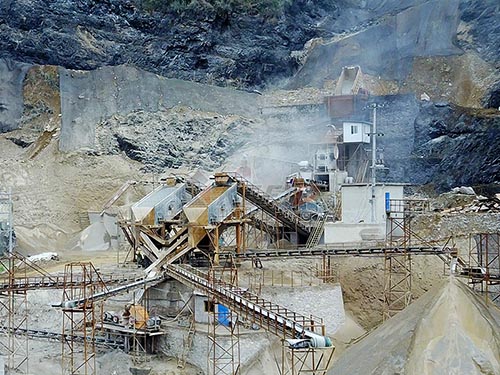Crusher Machine
The Unsung Hero of Industry: Unpacking the Power of the Crusher Machine
From towering skyscrapers to the smartphone in your hand, modern civilization rests quite literally on a foundation of processed materials. At the heart of this transformation – reducing massive rocks, concrete slabs, or mineral ores into manageable fragments – lies a workhorse often overlooked: the Crusher Machine. More than just brute force, these machines are sophisticated pieces of engineering essential for countless industries.
The Core Function: Size Reduction Reigns Supreme

The fundamental purpose of any crusher is simple yet critical: size reduction. Whether it's primary crushing of blasted quarry rock down to boulder size or tertiary crushing producing fine aggregates for asphalt or concrete, crushers break down large, unwieldy materials into specific dimensions required for further processing or end-use.
Diverse Designs for Diverse Tasks
No single crusher fits all needs. The industry relies on several distinct types, each excelling in specific applications based on material hardness, required output size, capacity demands, and operational costs:
1. Jaw Crushers: The robust primary crushers. Imagine powerful jaws compressing material between a fixed and a moving plate – ideal for hard rock and initial size reduction.
2. Cone Crushers: Masters of secondary and tertiary crushing within closed circuits (often paired with screens). They crush material between an eccentrically gyrating mantle and a concave bowl liner, producing well-shaped aggregates efficiently.

3. Impact Crushers (Horizontal Shaft Impactors - HSI / Vertical Shaft Impactors - VSI): Utilizing high-speed rotors and hammers/anvils to literally impact material into smaller pieces via collision or centrifugal force.
HSI: Excellent for softer materials like limestone or recycled concrete/asphalt; good cubicity.
VSI: The "rock-on-rock" champions for shaping aggregates and producing high-quality sand fines; crucial for manufactured sand production.
4. Gyratory Crushers: Similar in concept to jaw crushers but capable of handling much larger capacities; typically used in large mining operations as primary crushers.
5. Roll Crushers & Hammer Mills: Often used for softer materials like coal or minerals; roll crushers use compression between rotating cylinders while hammer mills employ swinging hammers impacting material against breaker plates.
Where Crushers Drive Progress
The applications are vast and foundational:
Mining & Quarrying: Primary extraction of minerals


